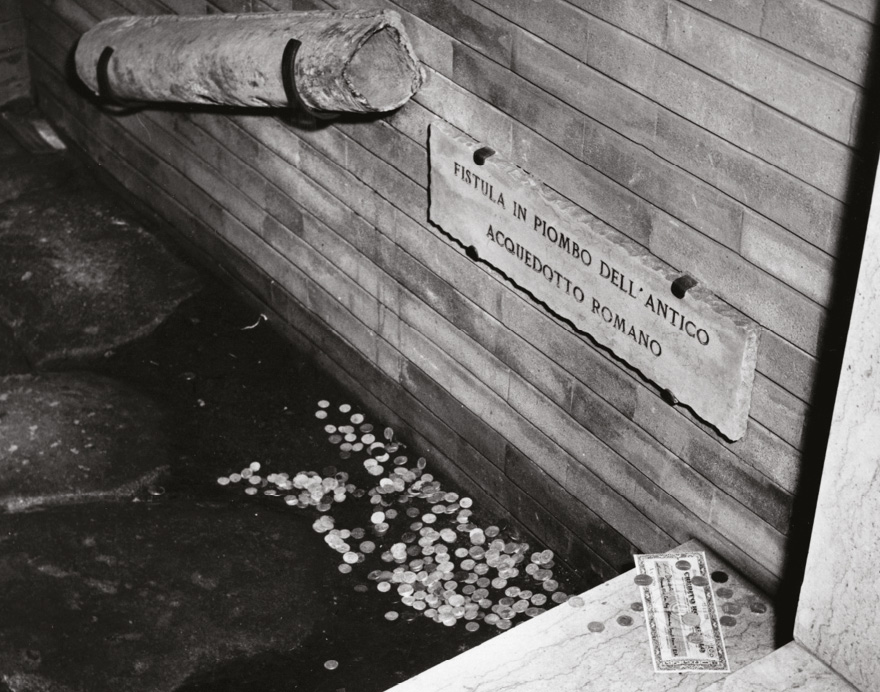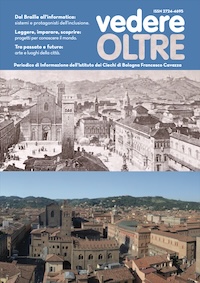In the mid-1950s, Bologna had to deal with a new, challenging situation that required major infrastructural upgrades: the economic boom had generated goods and services that had exponentially expanded the purchase and use of durable goods such as automobiles.
The Local Strategic Plan emphasized that large Italian cities were “in a crisis of accessibility and traffic,” which Bologna suffered more than others due to its medieval characteristics, with “narrow, winding streets that are unable to handle an increasingly large number of vehicles,” risking the safety of people walking on the streets of the city center.
The remedy was to separate the two critical issues – safeguarding pedestrians and reducing vehicular traffic – by constructing underpasses exclusively for pedestrians to protect “the safety of women, children, and the elderly.”
.jpg)
The first underpass was built in the very heart of the city, under via Francesco Rizzoli, with its “enormous” level of traffic, in an area where many people walked to shops, offices, and businesses.
The project called for the construction of an underpass to connect via Rizzoli (at the corner of via Caduti di Cefalonia) with the Modernissimo Building and piazza Re Enzo on the opposite side, with entrances and exits at the busiest points.
The new underground “square” became a meeting point that protected walkers and invited them to stay in a place where they could find the intimacy of the porticos as they walked and shopped. The excavation revealed important finds from ancient Rome, well-preserved cobblestones from the Decumanus Maximus near and under the ramps on the side toward via Caduti di Cefalonia, and some mosaic flooring toward piazza Re Enzo, made visible by large glass plates. Strangely, it was said that tossing a coin through the cracks in the display cases brought good luck, to the extent that the site was called “a branch of the Trevi Fountain.”

The success of the first underpass convinced the City to continue the project, and two years later it decided to enlarge the underground network by building a new underpass at the intersection of via Ugo Bassi, via Rizzoli, and via Indipendenza, creating a large-scale connection for pedestrians in an area subject to heavy traffic. In this way, the Bolognese and tourists could walk and spend time in a pleasant, historically rich environment, with stores, coffee shops, restrooms, displays, and archeological exhibits: a network that contained permanent facilities, not just for people in a rush. The construction of large underpasses in Bologna’s historical center was an important initiative, an effective, popular, and protective measure for many years, tackling the problem of relentless vehicular traffic. Clearly, the protection of pedestrians was the administration’s first measure to safeguard sustainability, not only for people crossing streets full of traffic, but for the health and physical/environmental well-being of the entire city.





.png)